The Integration of Virtual Reality in Education
The integration of Virtual Reality (VR) in modern education has led to transformative and exciting breakthroughs that have ushered in a new era of teaching and learning. This high-tech tool brings a myriad of benefits and also presents certain challenges for both students and teachers. In this article, we will explore the positive impacts of VR, its challenges, and its potential to revolutionize teaching methods and the classroom environment. We will also consider the potential future advancements and implications of VR in the education sector.
Effectiveness of Virtual Reality in Education
Virtual Reality in education can significantly increase the effectiveness of learning by offering immersive, interactive experiences. VR technology transforms abstract concepts into tangible models, making it easier for students to understand complex subjects. Learning through VR also enhances retention and recall, making the educational process more efficient.
Challenges Presented by Virtual Reality
Despite the manifold benefits, integrating VR into education also presents some challenges. These include the costs for hardware and software, the lack of quality educational VR content, and the need for teacher training to effectively navigate and utilise VR tools in the classroom.
Revolutionizing the Classroom Environment
VR has the potential to revolutionize the classroom environment. It can help create a vibrant, engaging space where students can travel to distant locations, explore the human body from within, or conduct lab experiments in a risk-free environment. The imaginative and exploratory nature of VR motivates students and promotes active learning.
Transforming the Method of Teaching Complex Subjects
VR technology also holds the potential to transform how complex subjects are taught. Using VR, complex concepts can be broken down into digestible parts and presented visually in 3D, which will aid in students' comprehension. The interactive nature of VR also supports experiential learning, where students learn by doing, which is particularly useful in teaching subjects like science, engineering, and medicine.
Future Advancements and Implications
As VR technology continues to develop, we can expect to see more sophisticated tools and applications tailored to educational needs. Advances might include more realistic simulations, enhanced interactivity, and even AI integration for personalisation of the learning experience. However, as VR becomes more entrenched in education, it's crucial to continue addressing challenges and exploring how VR can be applied responsibly and ethically in the classroom.
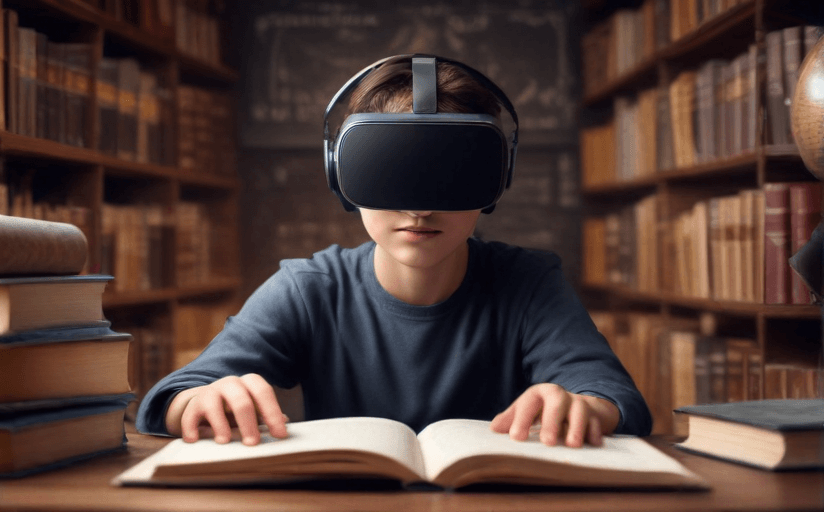
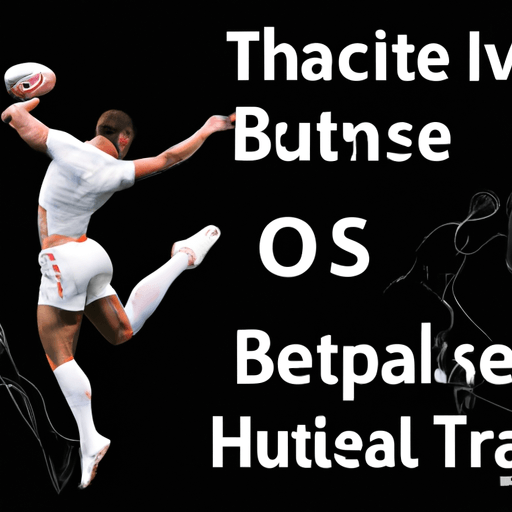
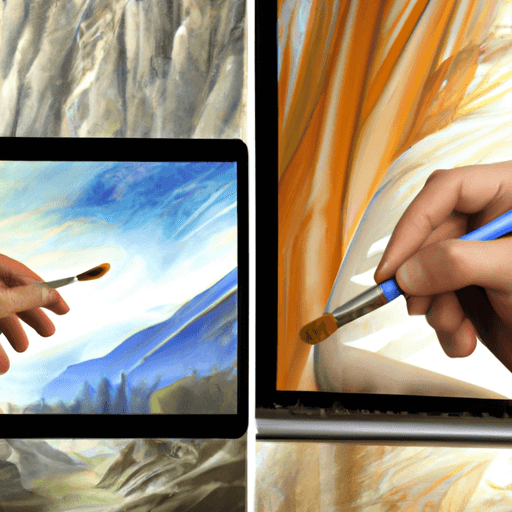


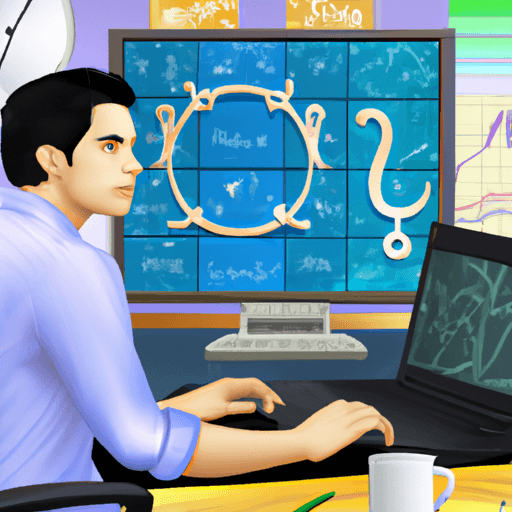


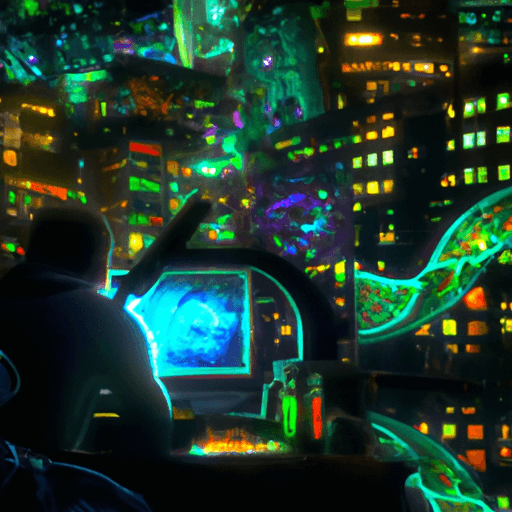

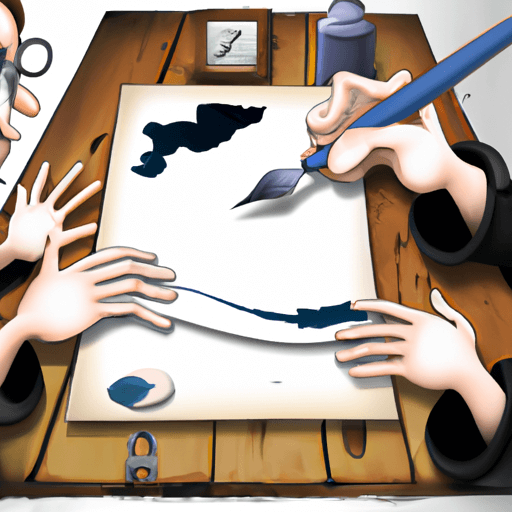



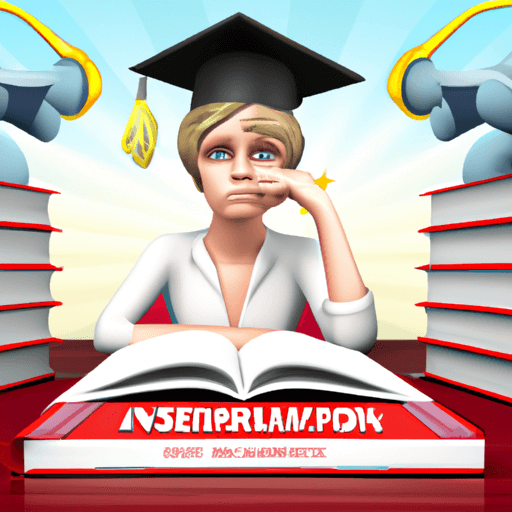
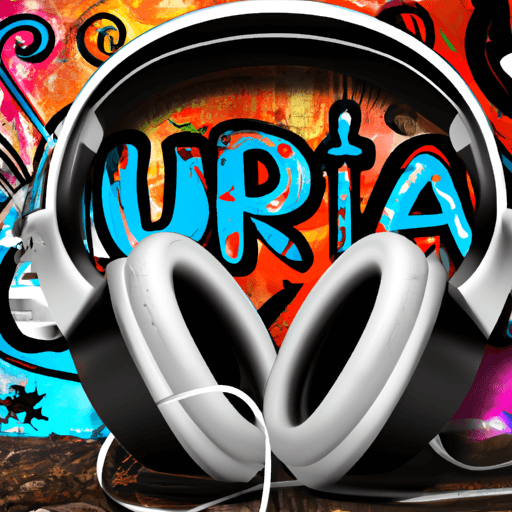
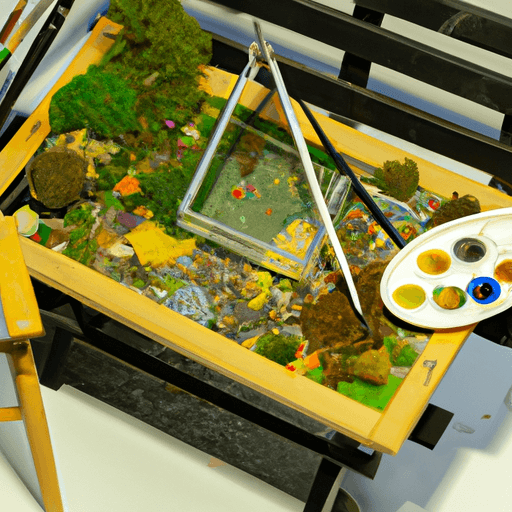

Comments
Leave a Comment